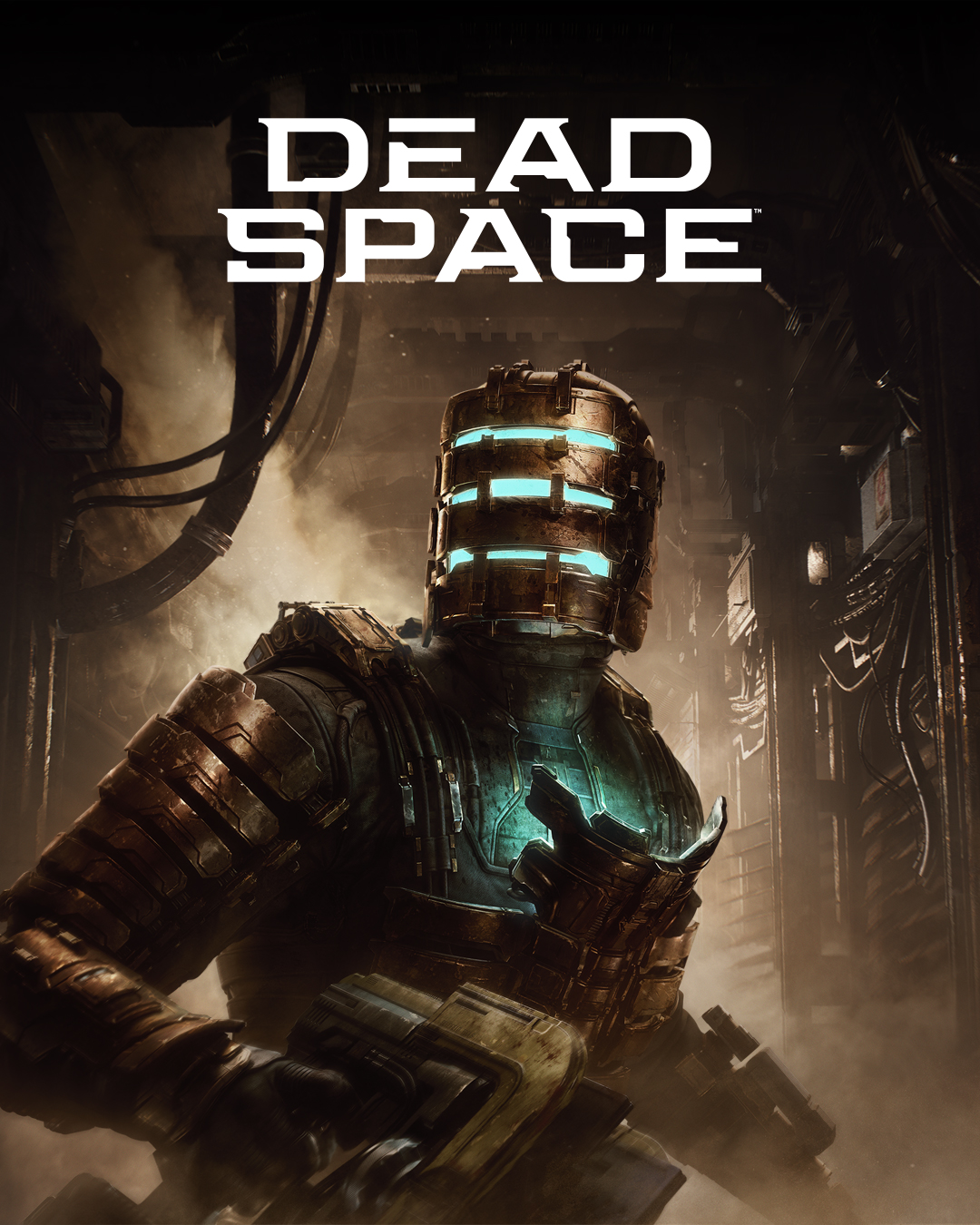
This poster utilizes the iconic protagonist Isaac Clarke from the titular game titled “Dead Space” – (Dead Space 2023) – Electronic Arts, Motive Studio
For many, sound design in horror media is paramount. For someone who is non-hearing impaired it is difficult for me to imagine watching The Texas Chainsaw Massacre but not hearing an iconic chainsaw revving, or seeing a new Halloween without the haunting score from John Carpenter. To me sound is key to delivering an unforgettable experience in which the consumer is immersed. Visual spectacle aside, sound is half the battle. Music queues, sound bites, eerie undertones and more all make these experiences elevated.
This brings me to a topic I wish to share today. A retrospective on a horror franchise trenched in the video game space known as Dead Space. The title sees you in the shoes of engineer Isaac Clarke on a mission to repair a mining ship named the U.S.G. Ishimura. Things clearly didn’t go as planned as you soon find yourself fighting for survival against the seemingly unstoppable horde that used to be the ship’s residents. Recently I’ve been diving back with my significant other and both of us are re-experiencing the horror of this beloved franchise through the lens of the 2023 remake of the original title. While playing I remembered watching developer interviews about the painstaking endeavors they went through to ensure that all facets of sound were treated with the utmost importance from a very early stage.
Everything from the creeks in the halls, distant screams, whispers in your ear, the frantic voices of your companions (yourself included), and the undulating noises of the haunted space ship’s inhabitants were so expertly crafted. Having made systems in place to ensure the monotony of returning to old areas with refreshed lighting, sounds, and enemies kept me on my toes even when there was no imminent danger. I felt as though even the safest places on the ship were never truly safe as at any moment a monstrous “necromorph” could break through the nearest vent cover and tear into me.
This brings me back to my original point, sound design in horror. Dead Space and many others have utilized a tried and true method of bringing scares to us through both our eyes and our ears. There’s a famous quote by George Lucas of Star Wars fame. “Sound is half the picture,” and the horror genre is no different.
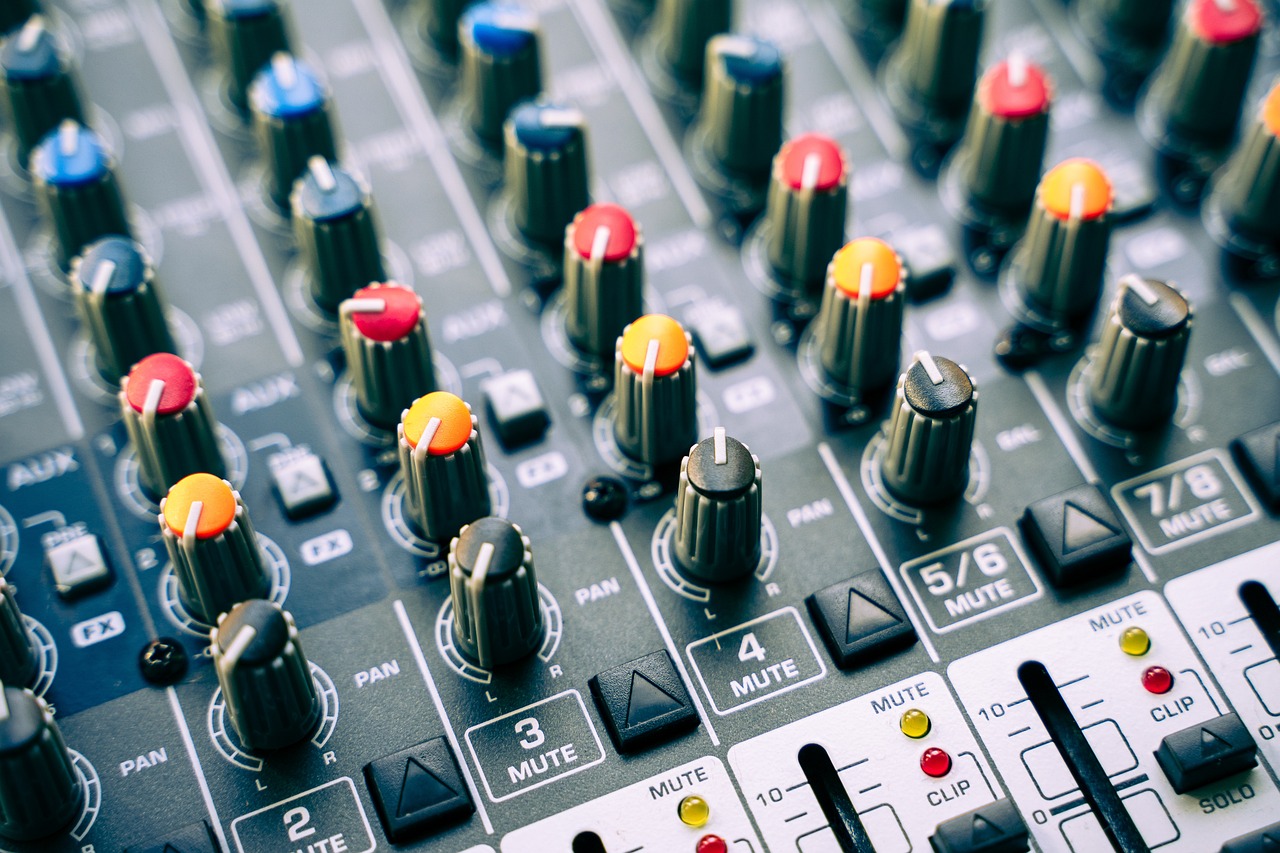
Pay close attention to this scene from 2023’s Evil Dead Rise. This scene is about the summoning of the Kandarian demon, very reminiscent of classic Evil Dead, with their version of the Necronomicon or “book of the dead”. This scene alone is a masterclass of sound design complete with rising tension, deep undertones, and an ominous foreboding presence almost bleeding from your speakers. It culminates with one of the main characters Ellie (played by Alyssa Sutherland) being violently possessed thus kickstarting a horrifying jaunt into depravity, gore, and survival through the rest of the film. Fair warning for violence, watch at your own discretion.
This scene not only demonstrates the elevation in which sound has had a heavy role in, but also its vital importance on making the viewer feel the emotion being displayed. Sound design has always been a catalyst for invoking feelings across media. Music and tones have differing effects on the moods of individuals. Sharp and sudden sounds invoke scares. The long screech of nails on a chalkboard elicits unease and discomfort. All of these emotions have been studied and implemented in our daily lives more than most people realize.
“It is a familiar fact that hearing depends upon the work of the ear and of the neural organs attached to it. The study of these is physiology. But the physiology of the ear finds itself very often unable to complete its statement of the facts regarding the working of the ear and its connected organs. It is forced to theorise about the remainder. And it naturally turns for information to the psychology of hearing.”
This is a quote I pulled from Henry J. Watt’s book on the Psychology of Sound published in 1917. This book goes into detail about all of the associated feelings and scientific discoveries of the time tied to our hearing and how we interpret it. What this quote means is what we hear is only the beginning of a complex process in which our minds fill in the gaps. This leads to us feeling happy when a song is played, or feeling upset when a baby cries. It’s these psychological connections we have to sounds that are being used across all manner of entertainment.
“Using a measure called the modulation power spectrum (or MPS) which quantifies the portion of acoustic space that is heard as ‘roughness,’ the researchers found that human screams use a range of MPS similar to other danger-signaling sounds such as alarms or sirens.” A quote by Valerie Fridland, a professor from the University of Nevada, Reno published on Psychology Today. This further emphasises the close connection we have to emotions tied to “fight or flight” on the sounds we interpret across horror media.
“Fight or flight” is often associated with real world occurrences that may happen in one’s life that puts an individual in a sense of danger. This survival skill is such a clever way to trick our minds into those same feelings with something like a video game or movie. I personally love the feeling in video games of not knowing what may be around the next corner, but the auditory and visual queues give me just enough to infer against the unexpected. My “fight or flight” response may tell me to check my inventory to make sure I’m ready, or backtrack to somewhere safer. Maybe it puts me in a disadvantageous position as I used too much resources in a previous fight making the looming threat even more terrifying as I hear the danger that is lurking in the next area.
Disclaimer for Violence in the following video, viewer discretion advised.
With all things considered, I want every reader to remember the importance of sound design in horror. Every scream, every cackle, every screech and hum. All the amazing and talented work on the musical scores. Not only has it helped me in displaying the emotions I felt so long ago with the original release of Dead Space to my significant other but has also helped elevate all the horror media we love today.
Article by Ryan J Ferguson
Sources:
Dead Space Videos, Poster, and Pictures sourced from: Electronic Arts Inc, and developer Motive Studio
Evil Dead Rise video clip from StudioCanal and StudioCanal UK
Additional Pictures from Pixabay
Quotes sourced from:
Valerie Fridland Phd, a professor from the University of Nevada, Reno published on Psychology Today retrieved from: https://www.psychologytoday.com/us/blog/language-in-the-wild/202110/the-sound-of-fear
Publication date 1917 Topics Lecturing On Psychology Publisher Cambridge University Press Collection universallibrary Contributor Carniege Millon University retrieved from: https://archive.org/details/psychologyofsoun024527mbp/page/n11/mode/2up
Disclaimer: I do not own rights to any of the source materials I used in this work, appealing to allowance made for “fair use” purposes such as criticism, comment, news reporting, teaching, scholarship, and research, under Copyright Disclaimer Under Section 107 of the Copyright Act 1976

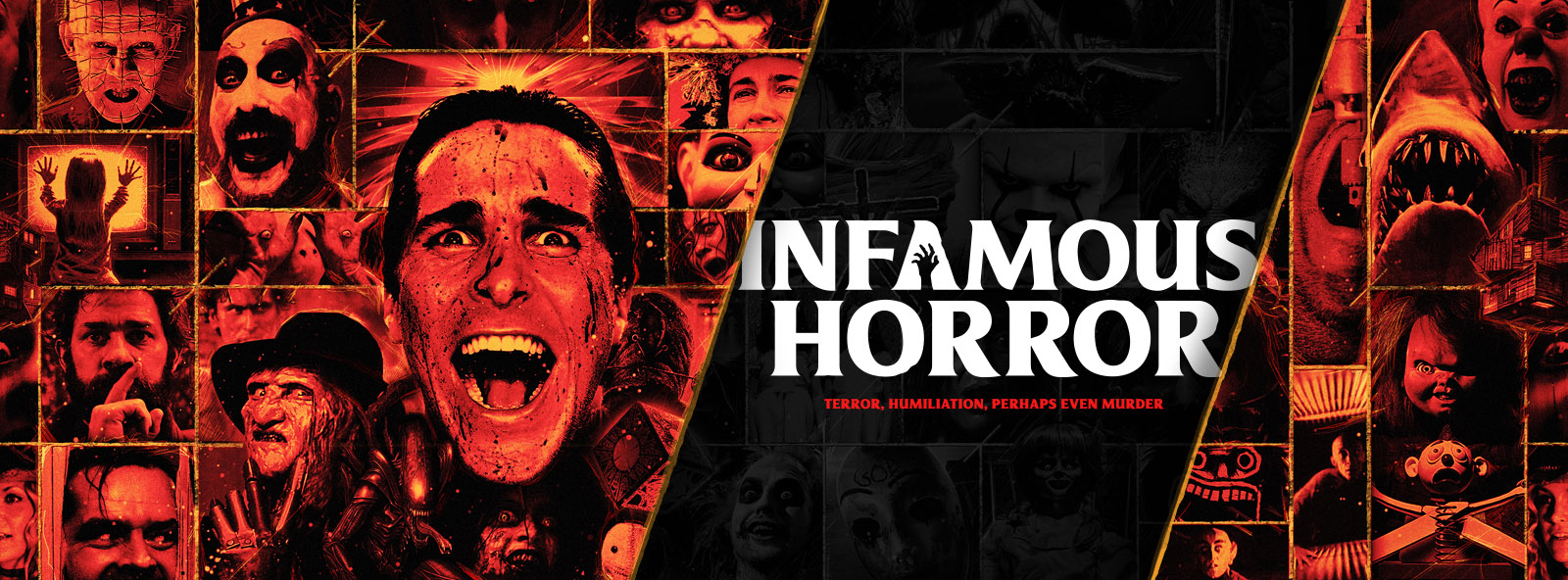
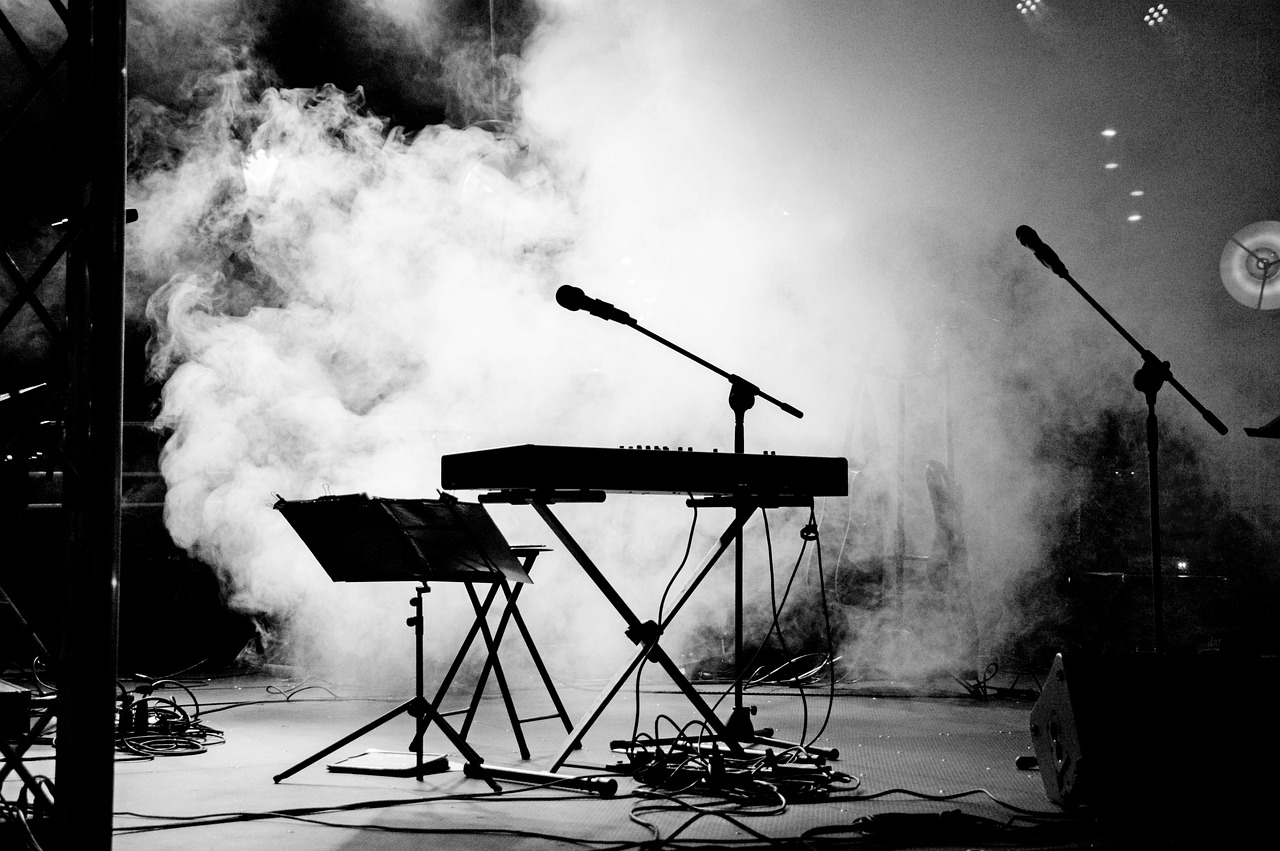
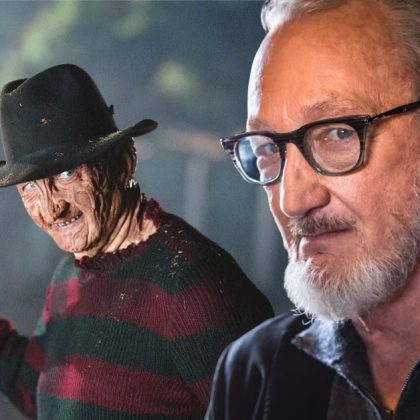
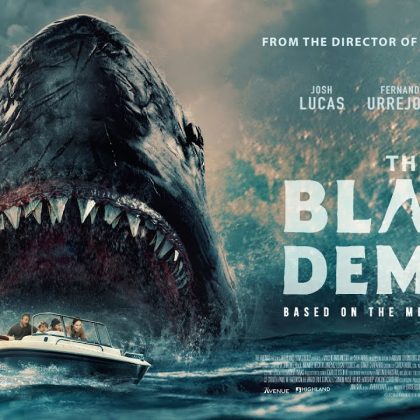
3 Comments